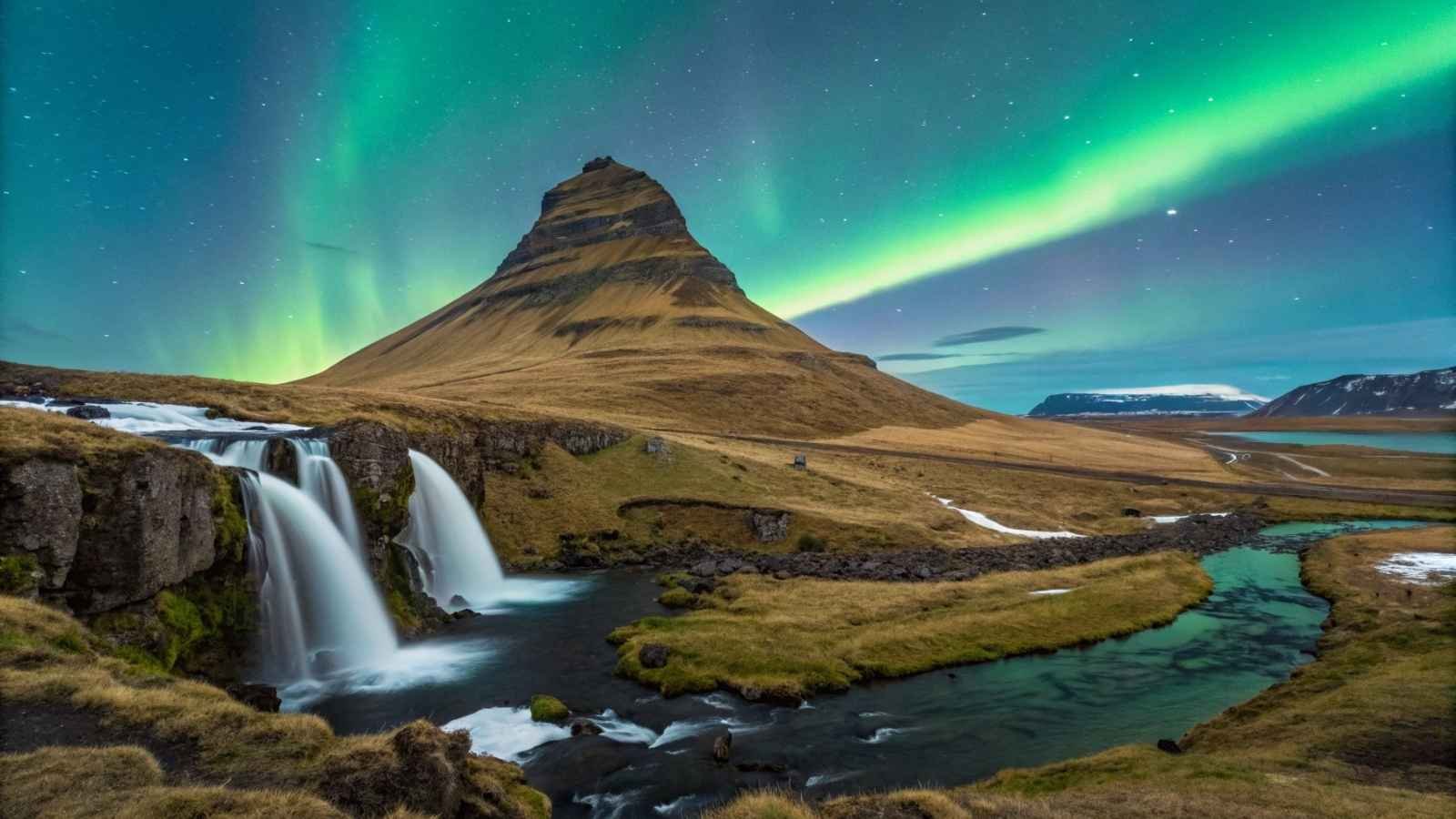
There’s a certain thrill in chasing landscapes that feel larger than life — those soaring cliffs, quiet fjords, and night skies that suddenly burst into green fire.
The trouble is, too many travelers flock to the same overpriced spots, draining both their wallets and their sense of discovery. What if the real treasures were tucked away elsewhere — wilder, quieter, and kinder on your budget?
Across the Nordics, there are places where nature puts on its most dazzling shows without the tourist chaos. These are the destinations that will leave you breathless for all the right reasons.
1. Iceland – Westfjords
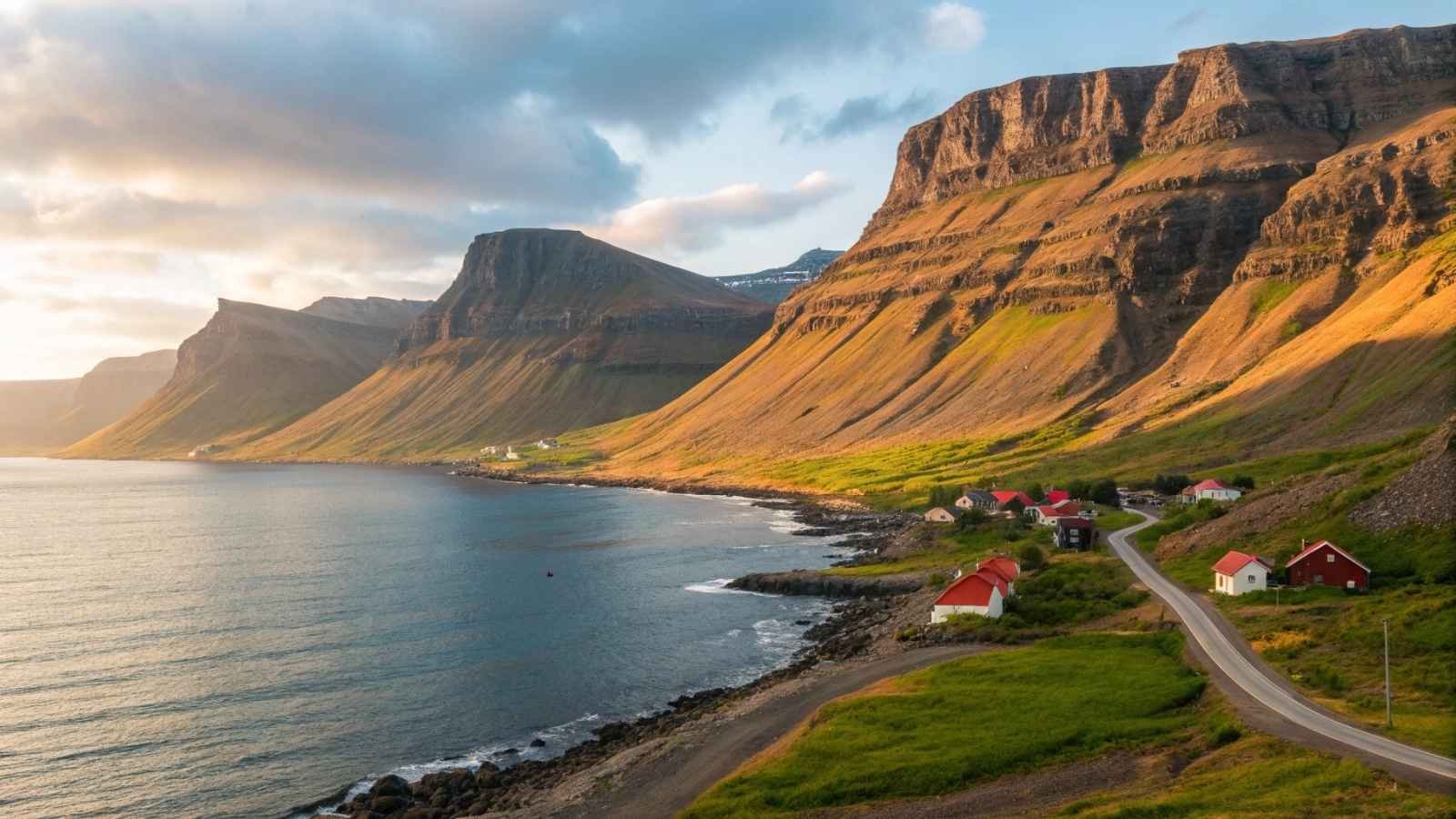
The Westfjords of Iceland feel like the country’s last true wilderness. While tourists usually crowd around Reykjavík and the Golden Circle, this remote region offers towering fjords, cascading waterfalls, and raw cliffs plunging into the sea — without the crowds or inflated costs. The sheer scale of the fjords here, like Ísafjörður and Arnarfjörður, makes you feel small in the best way possible. You’ll also find puffin colonies, Arctic foxes, and stretches of untouched coastline that make it one of the most rewarding destinations for those who love solitude.
What makes the Westfjords even more special is how they combine both fjords and the northern lights in one trip. The skies are dark, far away from light pollution, which makes aurora sightings far more frequent and vibrant compared to southern Iceland. On a clear night, the green and purple ribbons of light sweep across the fjord valleys, reflected perfectly in still waters. It’s a scene that doesn’t need fancy tours or overpriced hotels — just patience and a good spot along the shoreline.
And then there’s Dynjandi, the “jewel of the Westfjords.” This multi-tiered waterfall fans out like a bridal veil, one of Iceland’s most underrated natural wonders. Add to that geothermal pools tucked in corners of the coastline — often free or donation-based — and you’ve got a destination that’s both budget-friendlier and richer in authentic experiences than Norway’s pricier fjord circuits.
- Best Months to Visit: September–March for northern lights; June–August for fjords and hiking
- Closest Airport: Ísafjörður Airport (flights from Reykjavík)
- Unique Highlight: Dynjandi Waterfall & geothermal sea pools
- Budget Tip: Many hot springs here are community-run and free
2. Faroe Islands – Sørvágsvatn Lake & Cliffs
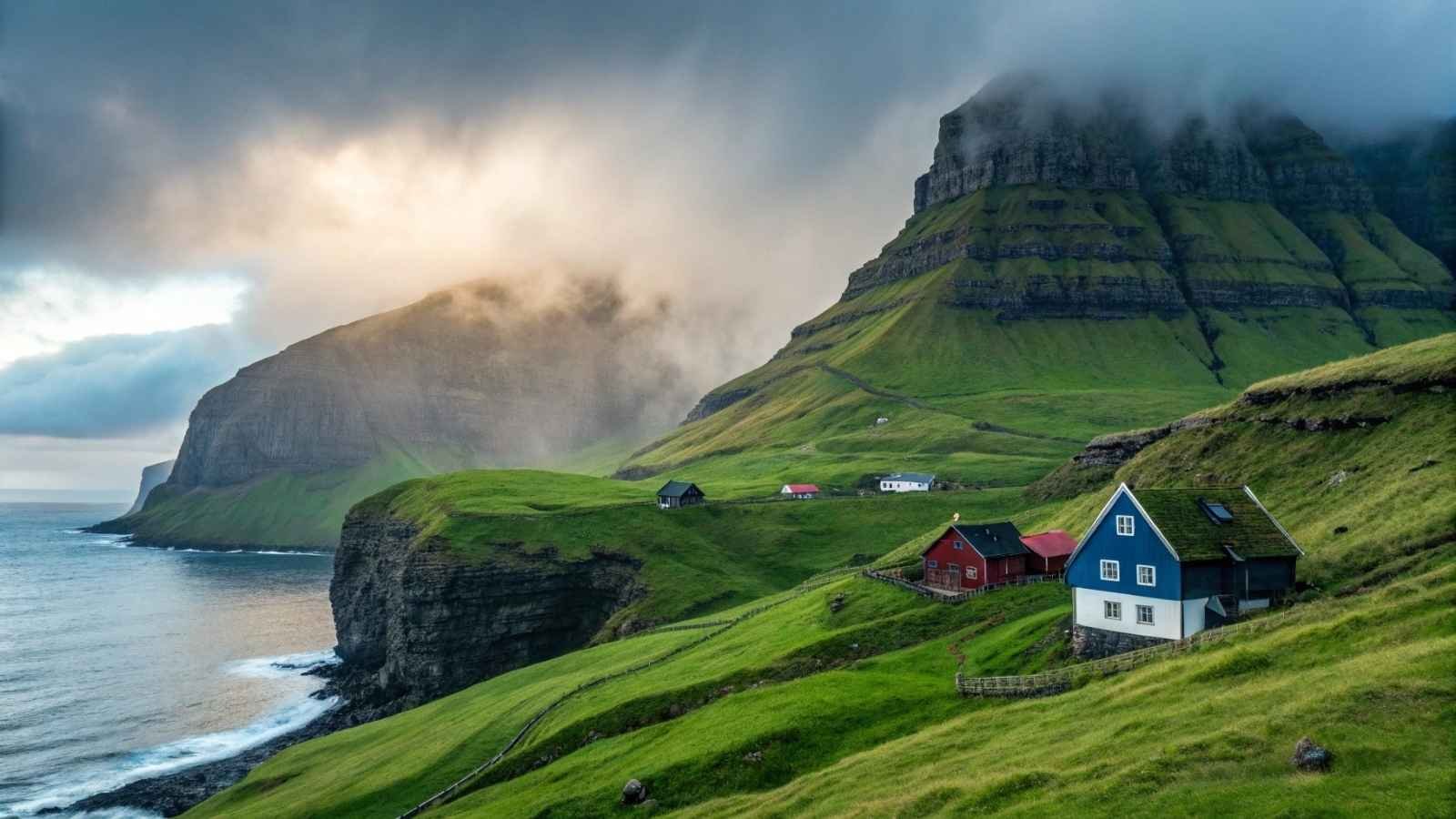
The Faroe Islands often fly under the radar, but Sørvágsvatn Lake, known as the “lake above the ocean,” is something you’ll never forget. From certain viewpoints, it looks like the lake is suspended hundreds of feet in the air, dramatically spilling into the sea. While it’s an optical illusion, the impact is jaw-dropping, and it’s one of the Faroes’ most photographed spots. Surrounding it are cliffs that rise straight out of the Atlantic, pounded by waves and seabirds in constant motion.
What gives this spot extra magic is how accessible it feels compared to Norway’s famous fjords. The hiking trails around Sørvágsvatn are well-marked, relatively short, and rarely crowded. You don’t have to spend big on guides or ferries to reach them — it’s all right there, waiting for you. And as the sun dips, the aurora often glimmers above the cliffs, dancing over the vast emptiness of the sea.
Another bonus is the island’s pace of life. The Faroes still feel like a place caught between tradition and wild nature. Locals are friendly, sheep graze along cliff paths, and villages of grass-roofed houses look like something from a fairytale. All this gives you a deeply atmospheric Nordic escape without draining your savings in the way Norway often does.
- Best Months to Visit: September–April for aurora; May–August for fjord-like landscapes and puffins
- Closest Airport: Vágar Airport (near Sørvágsvatn)
- Unique Highlight: Lake Sørvágsvatn illusion cliffs
- Budget Tip: Stay in guesthouses instead of chain hotels for cheaper, homier experiences
3. Greenland – Ilulissat Icefjord
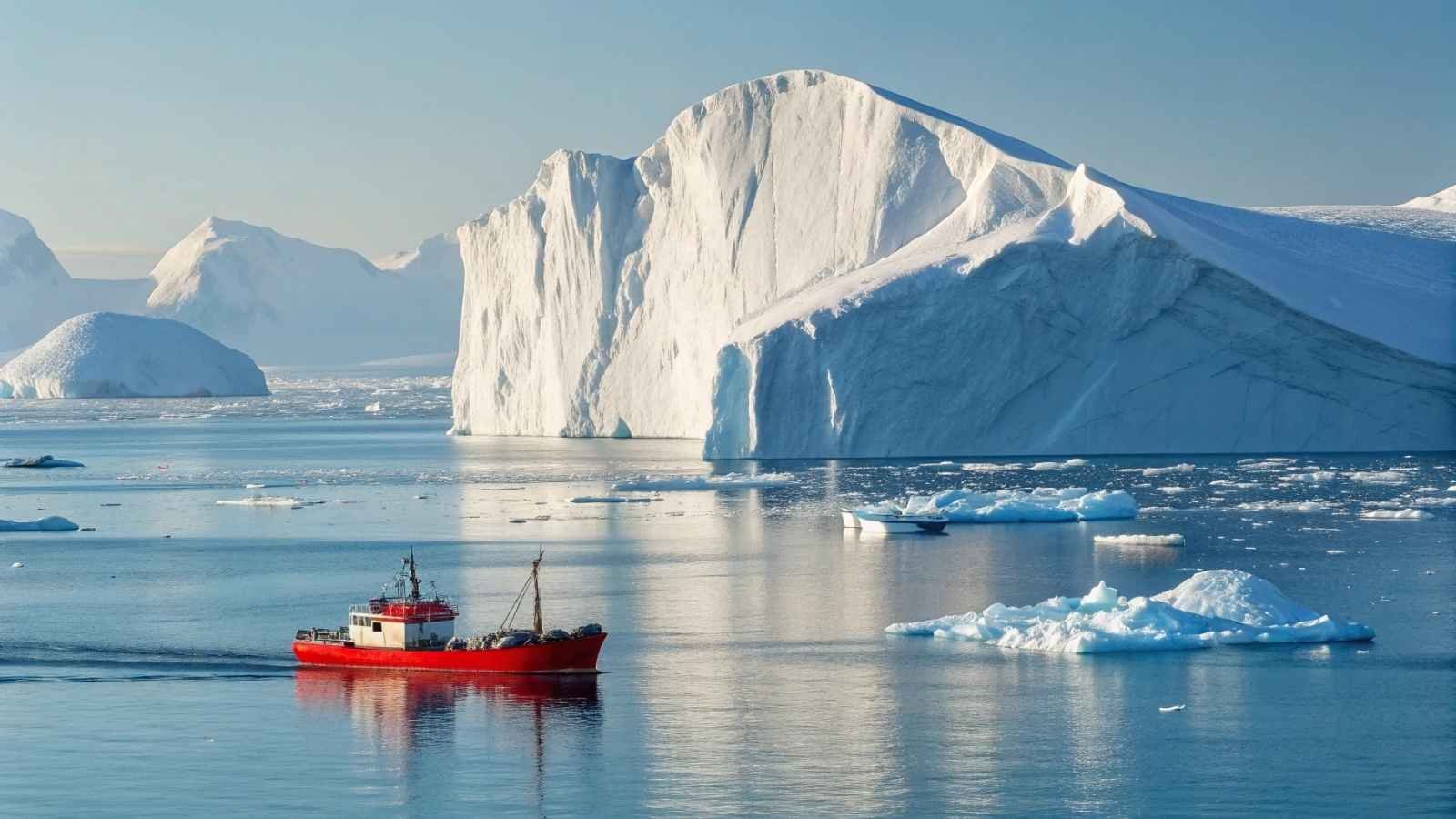
Greenland may sound remote and expensive at first glance, but Ilulissat Icefjord is proof that it’s worth the effort. This UNESCO World Heritage site is one of the most dramatic natural spectacles in the Arctic, where massive icebergs drift slowly out into the sea. The scale is hard to comprehend — some of these floating towers are taller than skyscrapers, breaking away from the mighty Sermeq Kujalleq glacier.
Beyond the icebergs, what sets Ilulissat apart is its aurora potential. During the long, clear nights of winter, the northern lights stretch across the horizon, often reflected in icy waters scattered with glowing blue chunks of ice. The effect feels otherworldly, and unlike Norway’s tourist-heavy hotspots, here you often have the view entirely to yourself.
Life in Ilulissat is also fascinating. With just a few thousand residents, you’ll quickly get a sense of Greenlandic culture — colorful houses dot the hills, sled dogs rest on the outskirts, and fishing boats weave between icebergs. And while flights here aren’t cheap, once you arrive, life is surprisingly straightforward: you can walk to fjord viewpoints, skip pricey tours, and take in the Arctic on your own terms.
- Best Months to Visit: February–April for northern lights; June–September for fjords and icebergs
- Closest Airport: Ilulissat Airport
- Unique Highlight: UNESCO-listed Icefjord & glacier
- Budget Tip: Opt for self-guided hikes along marked trails instead of organized excursions
4. Finnish Lapland – Saariselkä
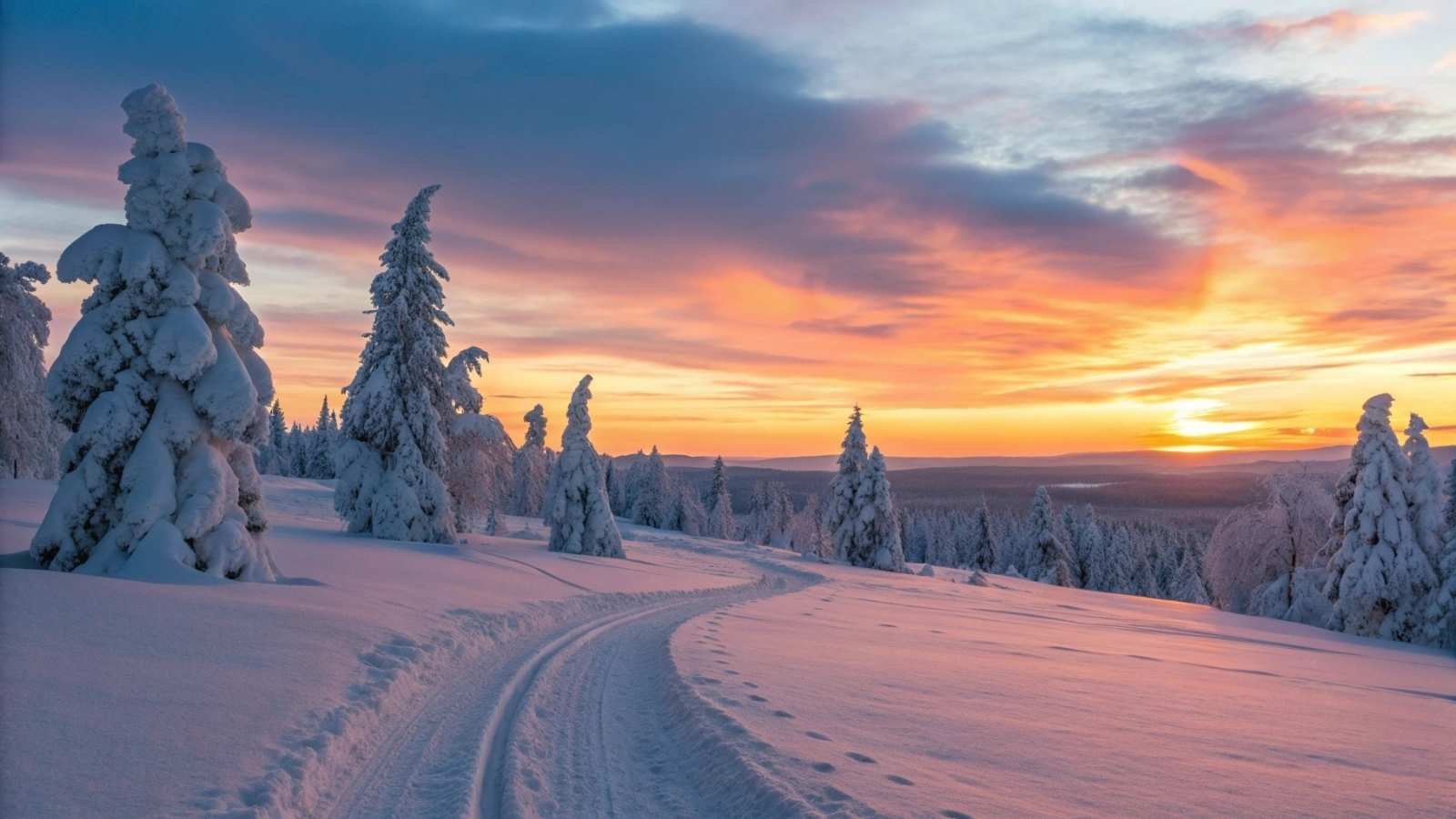
Saariselkä is a quieter, lesser-known gem of Finnish Lapland that often gets overshadowed by the more commercial Rovaniemi. Here, you get wild Arctic forests, rolling fells, and some of the clearest skies in Finland for aurora watching. The northern lights are so consistent that local hotels often have “aurora alarms” to wake guests up when the sky starts glowing.
The town is surrounded by Urho Kekkonen National Park, one of Finland’s largest wilderness areas. Trails wind through snow-covered forests in winter and flower-filled tundra in summer, giving visitors a perfect balance of fjord-like valleys and northern horizons filled with light. It feels raw but accessible, adventurous yet comfortable — and without the steep costs of Norway’s tourist hubs.
What adds to Saariselkä’s charm is how it combines modern comforts with traditional Sámi culture. You’ll find cozy cabins, glass igloos for stargazing, and hearty local food, all paired with stories and traditions from the Sámi people. It’s not only about chasing lights and views, but also about understanding the rhythm of life in the far north.
- Best Months to Visit: September–March for northern lights; June–August for hiking and midnight sun
- Closest Airport: Ivalo Airport (about 30 minutes away)
- Unique Highlight: Urho Kekkonen National Park
- Budget Tip: Choose rustic cabins instead of igloos for an authentic and cheaper stay
5. Swedish Lapland – Abisko National Park
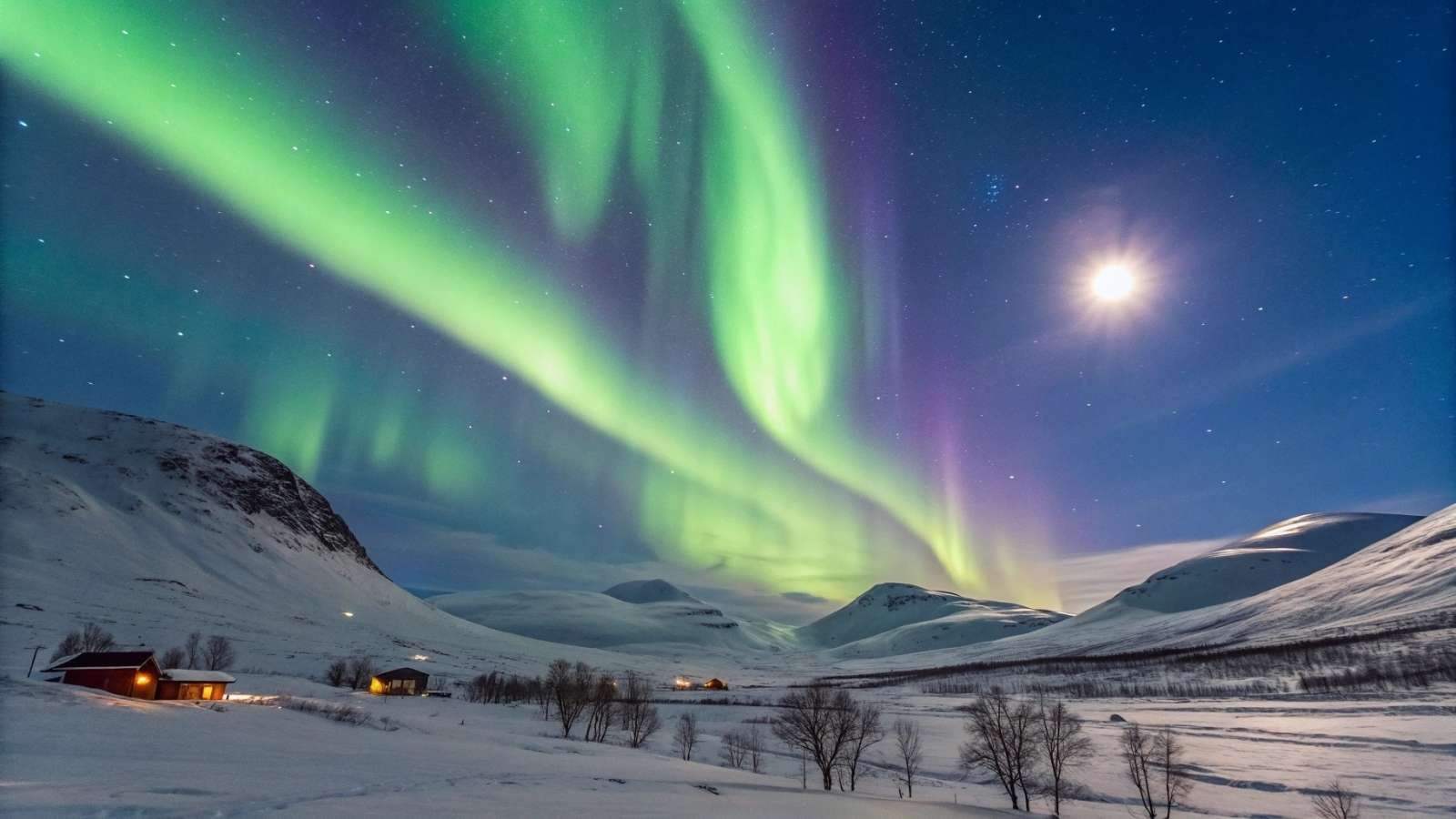
Abisko, tucked into Swedish Lapland, is one of the most reliable places on Earth to see the northern lights. Thanks to its unique microclimate, the skies here stay clear more often than almost anywhere else in the Arctic. That means more nights under the aurora, fewer disappointments, and a lot less stress about the weather. For those traveling on a budget, that reliability alone makes Abisko an unbeatable alternative to Norway.
But it’s not just the lights. Abisko is home to Lapporten, a striking U-shaped valley framed by snow-covered peaks. The fjord-like landscapes here are perfect for long hikes in summer or cross-country skiing in winter. Frozen waterfalls, husky sledding trails, and vast stretches of wilderness make it a playground for anyone looking to balance relaxation with adventure.
Unlike Norway’s high price tags, Sweden keeps things more grounded. Hostels and affordable lodges line the main town, and the train from Kiruna makes it both easy and cheap to get here. That combination of spectacular aurora, fjord-style scenery, and accessibility makes Abisko one of the smartest alternatives for travelers who want Norway-level views without Norway-level bills.
- Best Months to Visit: October–March for northern lights; June–August for trekking
- Closest Airport: Kiruna Airport (train/bus to Abisko)
- Unique Highlight: Lapporten Valley
- Budget Tip: Use the train from Kiruna instead of domestic flights for major savings
6. Iceland – Snæfellsnes Peninsula
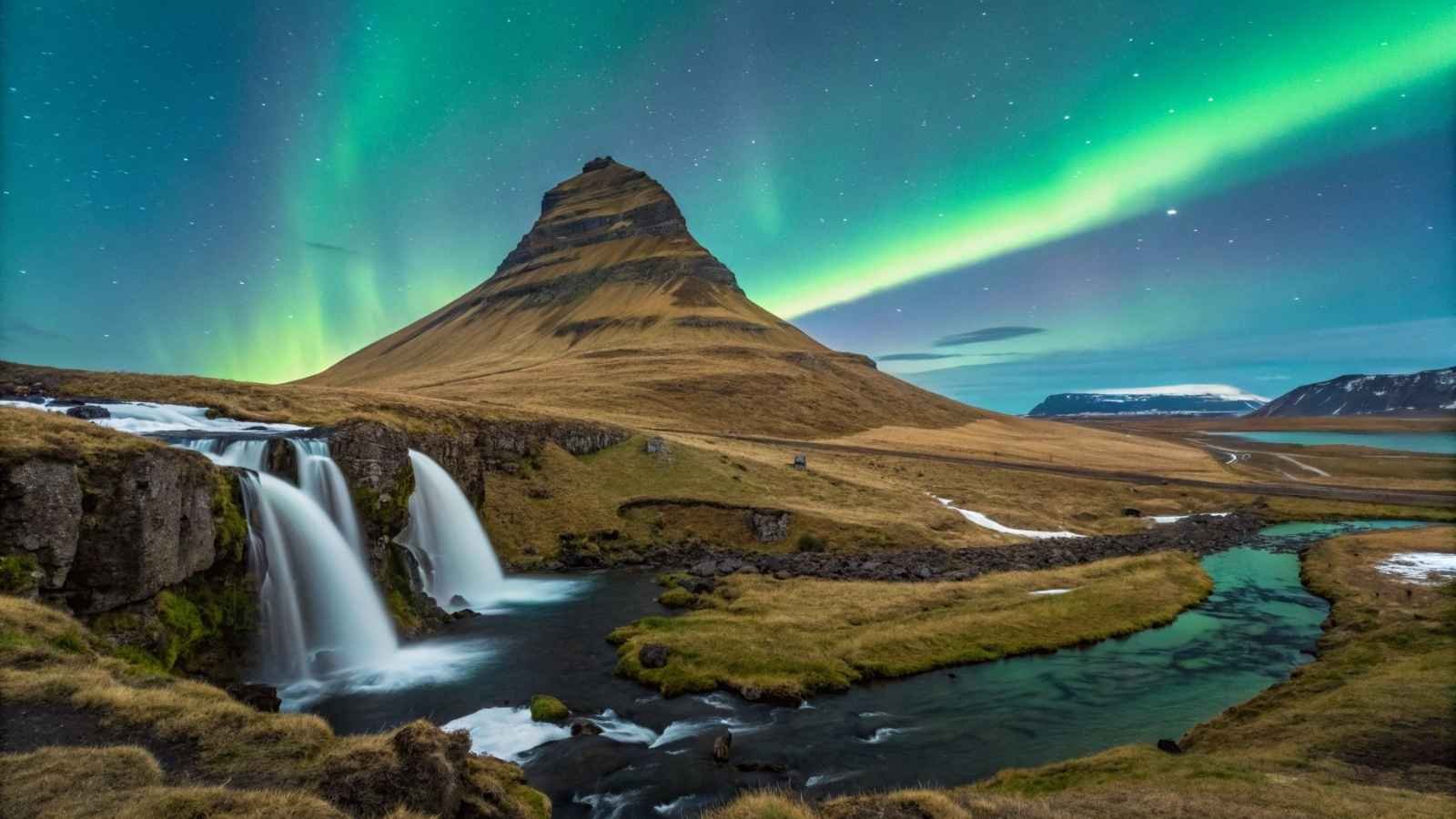
The Snæfellsnes Peninsula is often called “Iceland in miniature,” and for good reason. In just a short drive, you get fjords, glaciers, black sand beaches, lava fields, and fishing villages all packed into one stretch of coastline. It’s far less crowded than Iceland’s southern coast yet delivers scenery that rivals anything Norway can throw at you.
At its heart sits Snæfellsjökull, a glacier-capped volcano that inspired Jules Verne’s “Journey to the Center of the Earth.” The surrounding national park is filled with hiking trails, sea cliffs where waves crash dramatically, and peaceful fjord inlets that glow during summer’s midnight sun. In winter, these same landscapes turn into a stage for the northern lights, often arching right above the volcano.
What makes Snæfellsnes stand out is accessibility. You don’t need expensive domestic flights or long ferries — it’s just a couple of hours from Reykjavík by car. Yet it feels remote, authentic, and full of surprises, from tiny seaside cafés to wild horse herds grazing near the fjords. It’s Iceland’s budget-friendly answer to Norway’s postcard views.
- Best Months to Visit: September–March for aurora; May–August for hiking and fjord views
- Closest Airport: Keflavík (2–3 hours by car)
- Unique Highlight: Snæfellsjökull glacier volcano
- Budget Tip: Stay in guesthouses in Stykkishólmur for cheaper accommodations
7. Faroe Islands – Gásadalur
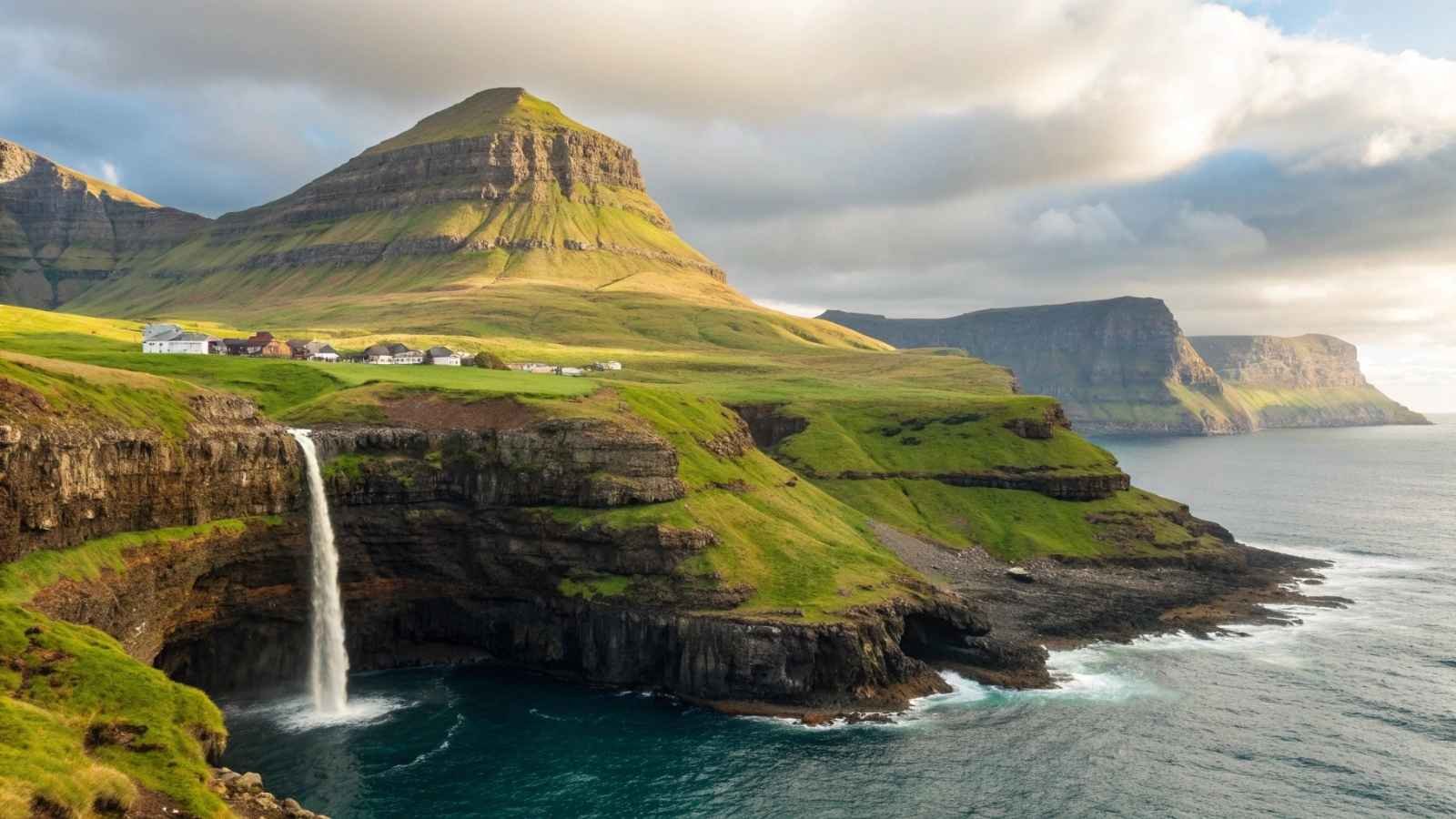
Few places feel as cinematic as Gásadalur, a tiny village perched above sea cliffs, where the famous Múlafossur Waterfall spills directly into the Atlantic. For years, this spot was nearly inaccessible, reachable only by mountain paths or boat, but now a tunnel connects it to the rest of Vágar Island — making it easier to visit without losing its charm.
The waterfall view is iconic, but the fjord-like valleys surrounding Gásadalur give the area real depth. With traditional turf-roofed houses, grazing sheep, and cliffs that seem to fall into an endless ocean, it’s a destination that feels untouched by modern tourism. And when the northern lights sweep across these skies, the reflection on the sea and waterfall creates an almost surreal backdrop.
Unlike Norway’s polished tourist stops, Gásadalur remains raw and simple. You can wander freely, hike the old mail trail that once connected the village, and spend hours soaking in the silence. It’s proof that you don’t need a big budget to stand in front of world-class scenery.
- Best Months to Visit: August–April for aurora; May–July for lush fjord landscapes
- Closest Airport: Vágar Airport (20 minutes away)
- Unique Highlight: Múlafossur Waterfall into the Atlantic
- Budget Tip: Bring snacks from Tórshavn — Gásadalur has limited shops
8. Greenland – Kangerlussuaq
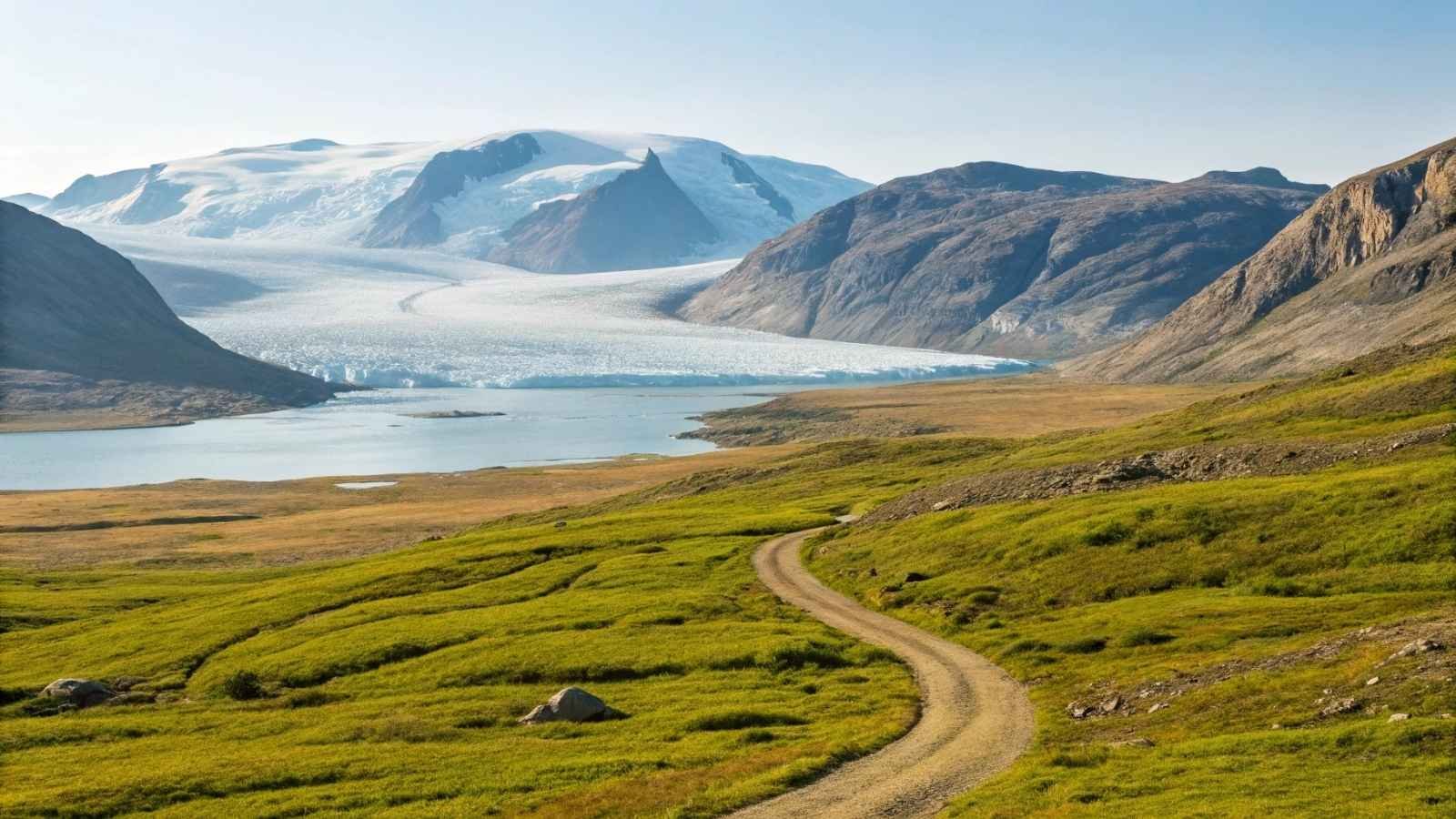
While Ilulissat often gets the spotlight, Kangerlussuaq is Greenland’s northern lights capital. Thanks to its clear skies and inland location, the aurora borealis is visible here up to 300 nights a year. For travelers seeking reliability, that’s about as close to a guarantee as you can get.
The town itself may be small, but it offers access to Greenland’s ice sheet, fjords, and tundra landscapes where musk ox roam. Tours here are typically cheaper than in coastal hubs, and because the community is tiny, you’re never competing with big crowds. The fjord area is dotted with viewpoints that capture the wild mix of glaciers meeting open water.
Evenings in Kangerlussuaq often feel magical — stepping outside and seeing the aurora overhead without needing to travel far from town. It’s an intimate, less commercial alternative to Norway’s more famous aurora hotspots, with the bonus of Greenlandic culture woven into daily life.
- Best Months to Visit: September–April for northern lights; June–August for fjords and wildlife
- Closest Airport: Kangerlussuaq Airport (main hub for Greenland)
- Unique Highlight: Near-guaranteed aurora nights
- Budget Tip: Use self-guided walks for aurora hunting instead of paid tours
9. Finnish Lapland – Levi
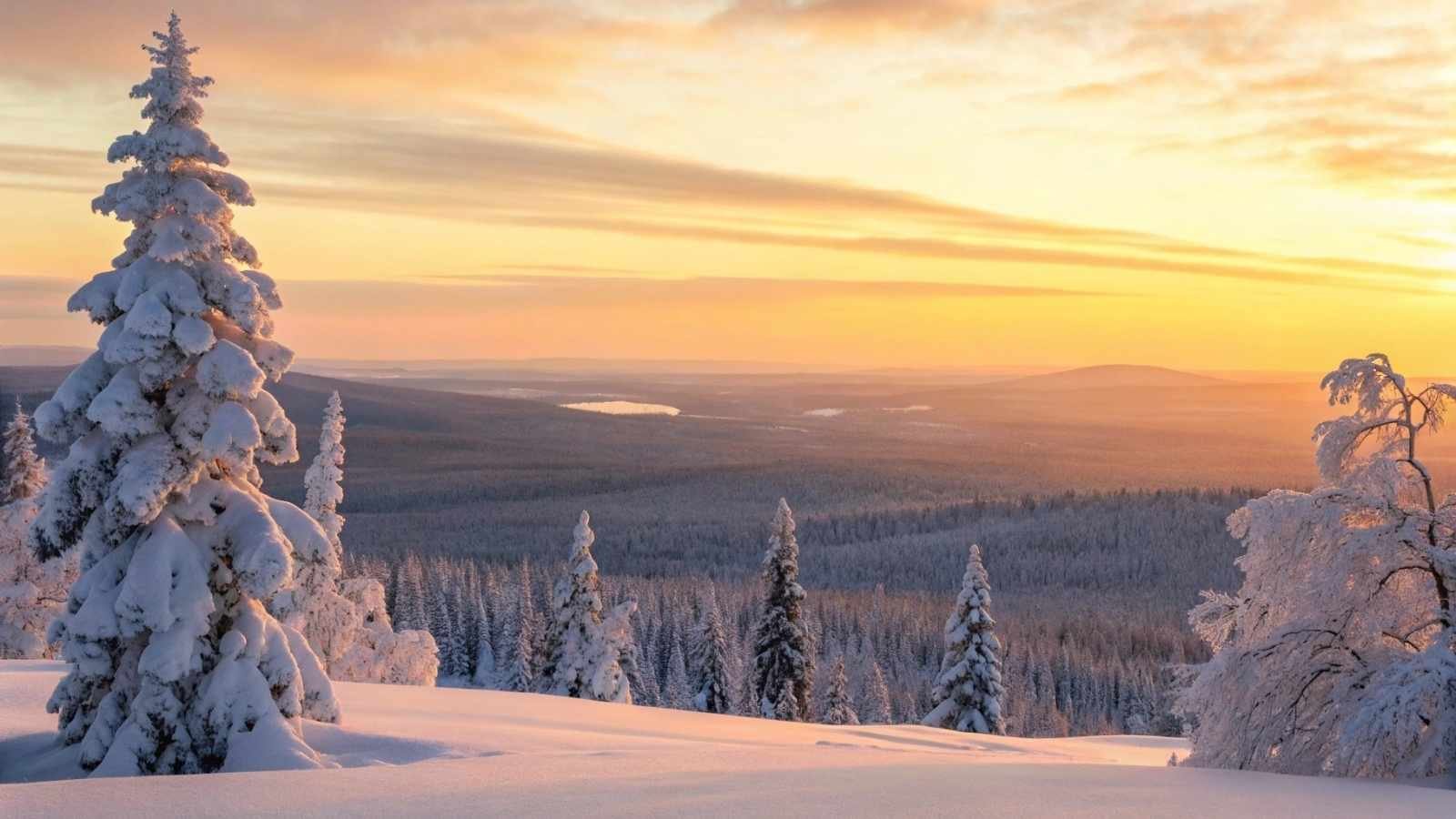
Levi is Finland’s largest ski resort, but it’s also one of the most budget-friendly places to combine fjord-like valleys, Arctic adventures, and the northern lights. By day, the snowy landscapes are perfect for skiing or snowshoeing; by night, the sky frequently erupts with green waves of aurora.
What makes Levi stand out is how it balances comfort with wilderness. You’ll find glass igloos, modern cabins, and traditional log houses, often at much lower rates than Norway’s luxury options. The town has a festive feel in winter, with cafés, markets, and plenty of local food, while just a short walk outside the center, you’re in near-total Arctic silence.
It’s also a cultural hub, with chances to meet Sámi reindeer herders, learn about traditional crafts, and join guided excursions into the nearby fells. Whether you’re after adventure or relaxation, Levi is a smarter, more affordable base than Norway’s polished resorts.
- Best Months to Visit: November–March for northern lights and skiing; June–July for midnight sun
- Closest Airport: Kittilä Airport (15 minutes away)
- Unique Highlight: Ski slopes + northern lights combo
- Budget Tip: Book stays in advance — Levi fills quickly in winter
10. Sweden – Jokkmokk
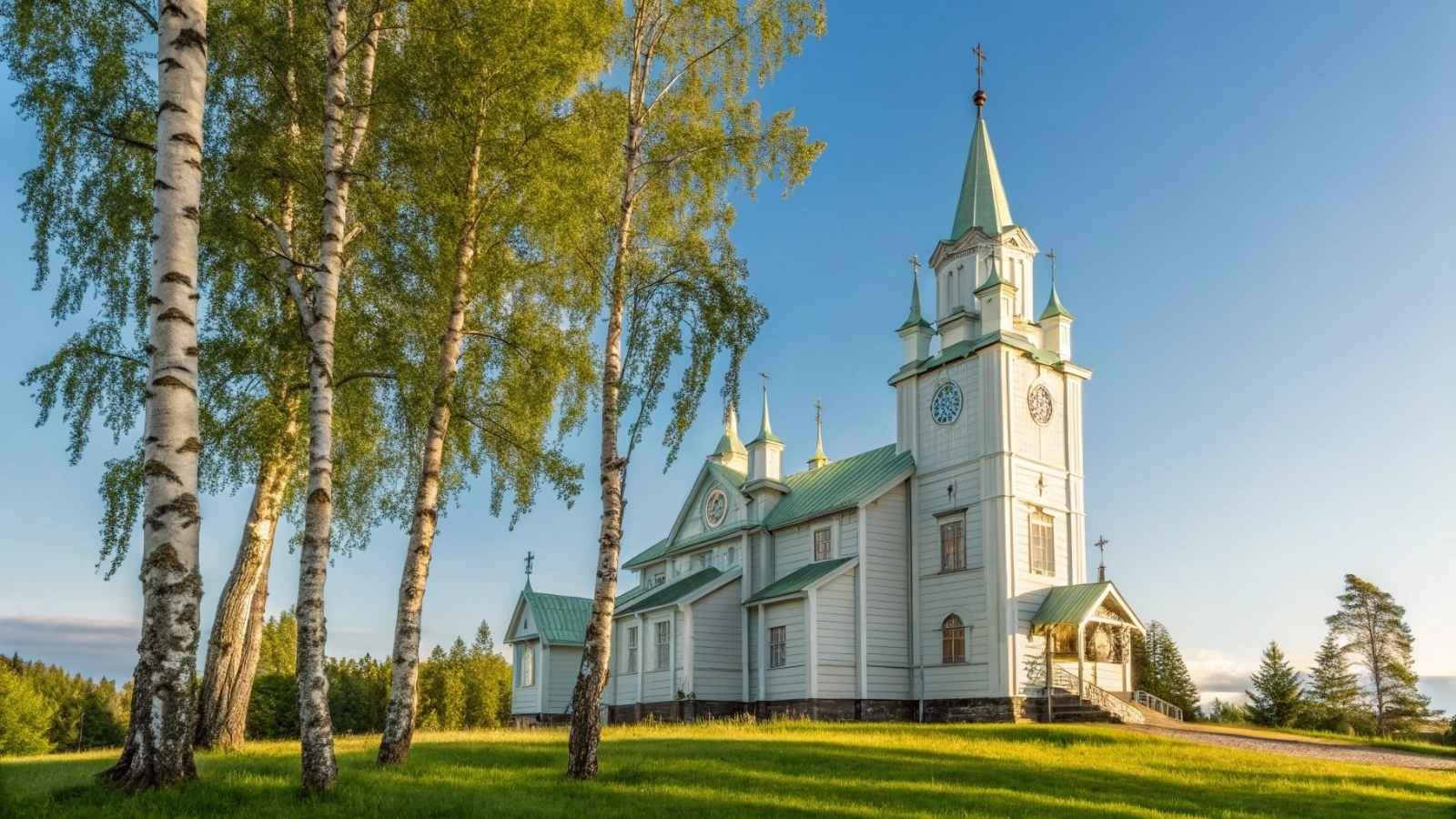
For a deeper cultural layer to your aurora and fjord experience, Jokkmokk in Swedish Lapland is unbeatable. This small town sits on the Arctic Circle and is famous for its Sámi heritage and annual winter market, which has been held for more than 400 years. It’s a chance to experience Arctic culture alongside jaw-dropping landscapes.
The surrounding wilderness is home to lakes, rivers, and valleys that feel fjord-like, especially in winter when everything freezes into a pristine white expanse. At night, the aurora frequently lights up the sky, often in long stretches that last for hours. Without Norway’s price tag, you still get the full northern lights experience — plus a cultural dimension that’s harder to find elsewhere.
Visiting during the February winter market is a highlight. Traditional clothing, music, crafts, and food turn the whole town into a celebration of Arctic identity. It’s not just about the northern lights here — it’s about seeing how people have thrived under them for centuries.
- Best Months to Visit: February for the Sámi Winter Market + aurora; September–March for northern lights in general
- Closest Airport: Luleå Airport (then train/bus to Jokkmokk)
- Unique Highlight: Sámi culture & Arctic heritage
- Budget Tip: Attend the market for cultural immersion without added cost
11. Iceland – Eastfjords
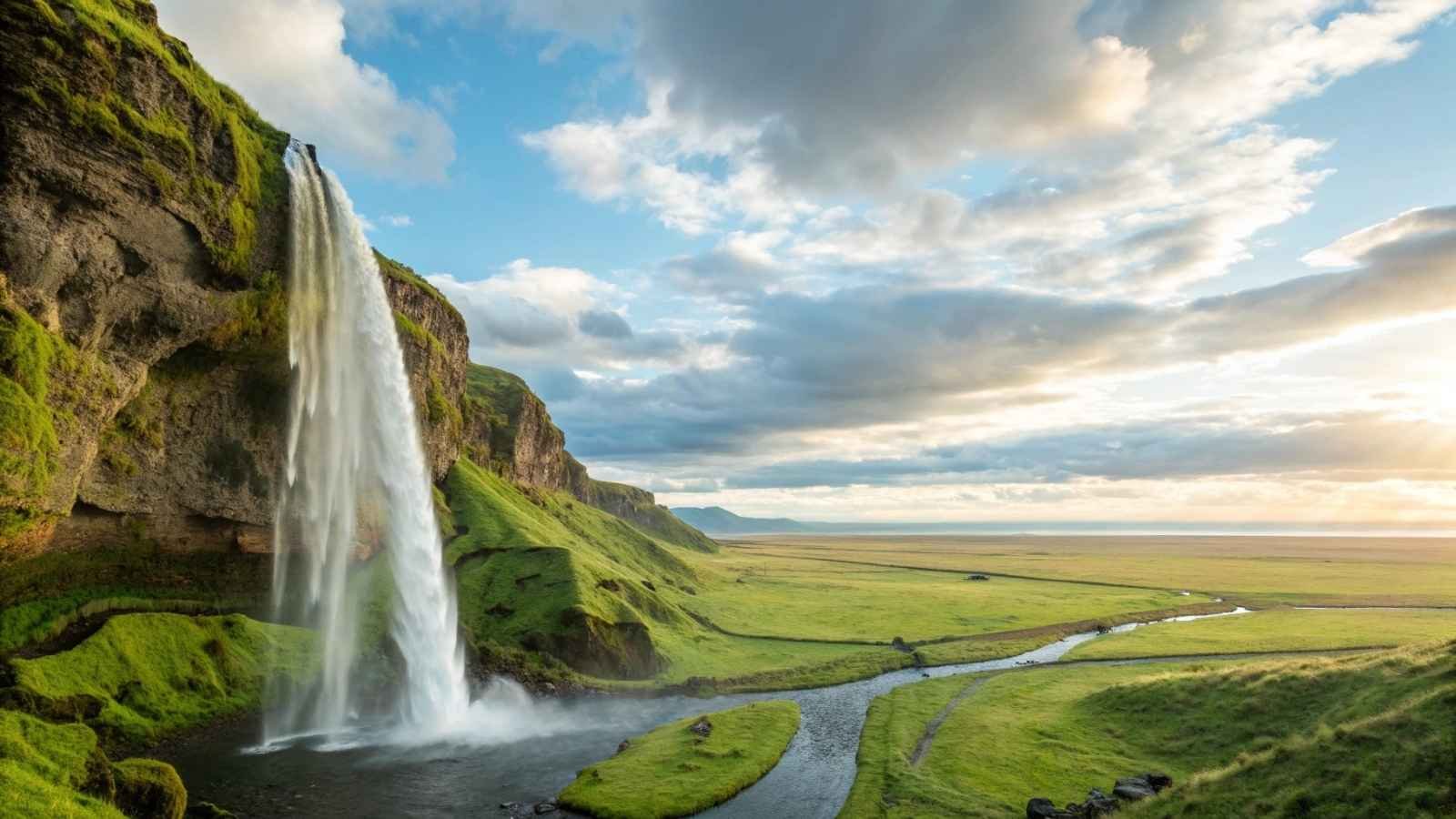
The Eastfjords are Iceland’s hidden coast, skipped by most travelers racing between Reykjavík and the south. What they miss is a world of quiet fishing villages, towering fjords, and twisting mountain roads that feel closer to Norway’s landscapes than anywhere else in Iceland. The fjords here are narrower and more dramatic, with cliffs dropping sharply into the sea and tiny settlements clinging to their edges.
Winter adds another dimension. With so little light pollution, the aurora dances across these deep valleys, often reflected on the calm fjord waters. Summer, on the other hand, brings long daylight hours, wild reindeer roaming the hills, and waterfalls tucked in places you’ll likely have all to yourself.
Because it’s off the main tourist path, prices tend to be more reasonable here, whether you’re staying in guesthouses or stopping for a meal in towns like Seyðisfjörður. The Eastfjords prove that Iceland still has places where you can soak in its wild beauty without burning through your wallet.
- Best Months to Visit: September–April for aurora; May–August for fjord drives and wildlife
- Closest Airport: Egilsstaðir Airport
- Unique Highlight: Remote fjords + reindeer herds
- Budget Tip: Self-drive — public transport is limited and pricey
12. Faroe Islands – Tórshavn Coastline
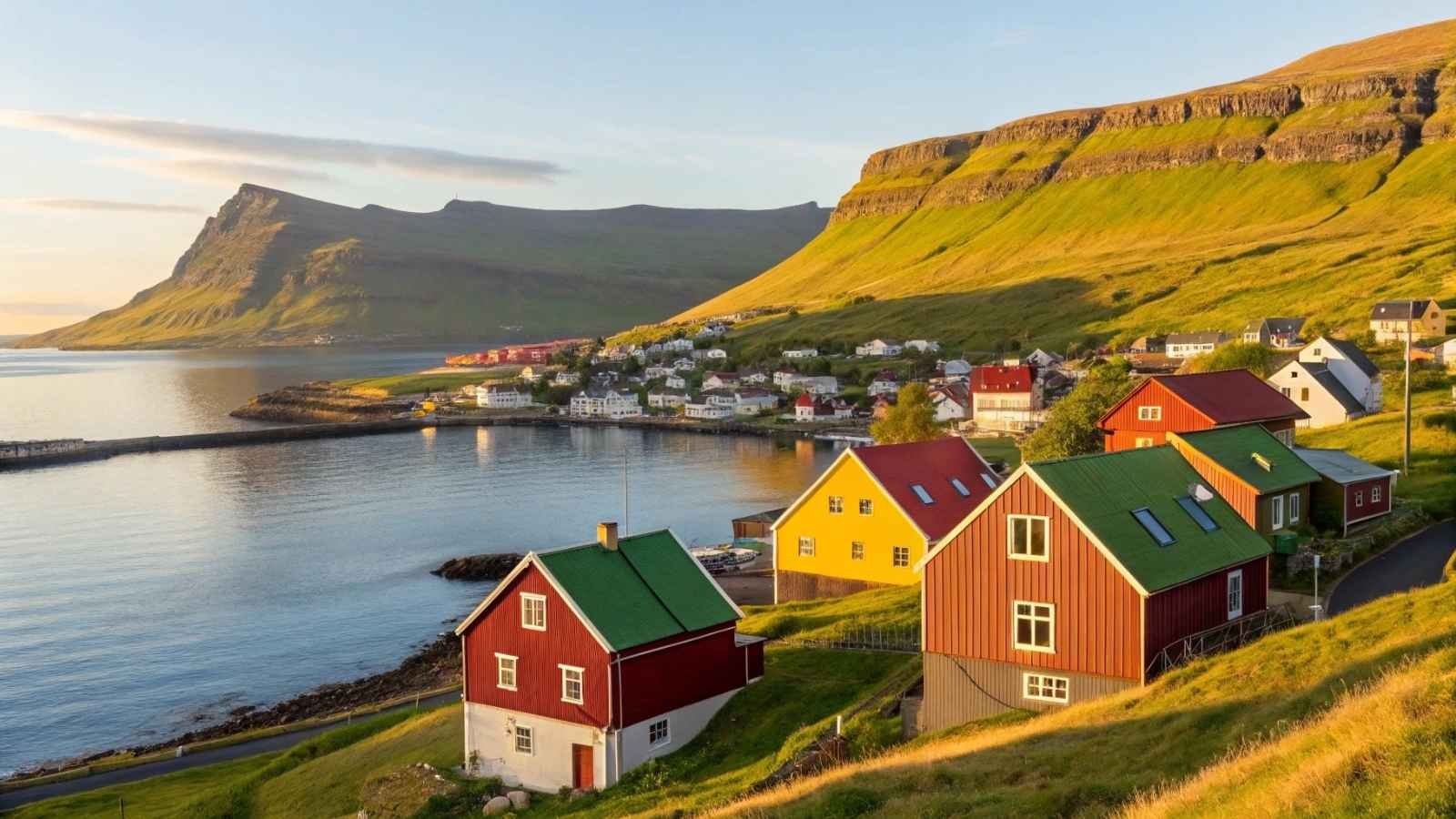
Tórshavn, the tiny capital of the Faroe Islands, is not just about pastel-colored houses and turf-roofed cottages. Just beyond the harbor, the coastline unravels into cliffs, coves, and fjord-like inlets that rival the drama of Norway’s west coast. The bonus? You can walk from a cozy café in town straight to coastal trails within minutes.
Evenings here carry their own charm. You can watch fishing boats return under skies streaked with northern lights or listen to the waves crashing against basalt cliffs that feel far older than time. It’s a setting where modern life blends seamlessly with rugged landscapes, creating a Nordic experience that’s both accessible and deeply atmospheric.
While Norway’s coastal towns are world-famous (and priced accordingly), Tórshavn feels unpretentious. Affordable guesthouses, small restaurants serving local lamb and fish, and an easygoing pace make this an ideal spot for travelers who want the northern lights without the northern prices.
- Best Months to Visit: October–March for aurora; May–August for hiking and birdlife
- Closest Airport: Vágar Airport (45 minutes by bus)
- Unique Highlight: Walkable fjord coastline from the capital
- Budget Tip: Base in Tórshavn and use buses to explore the islands affordably
13. Finland – Lake Inari
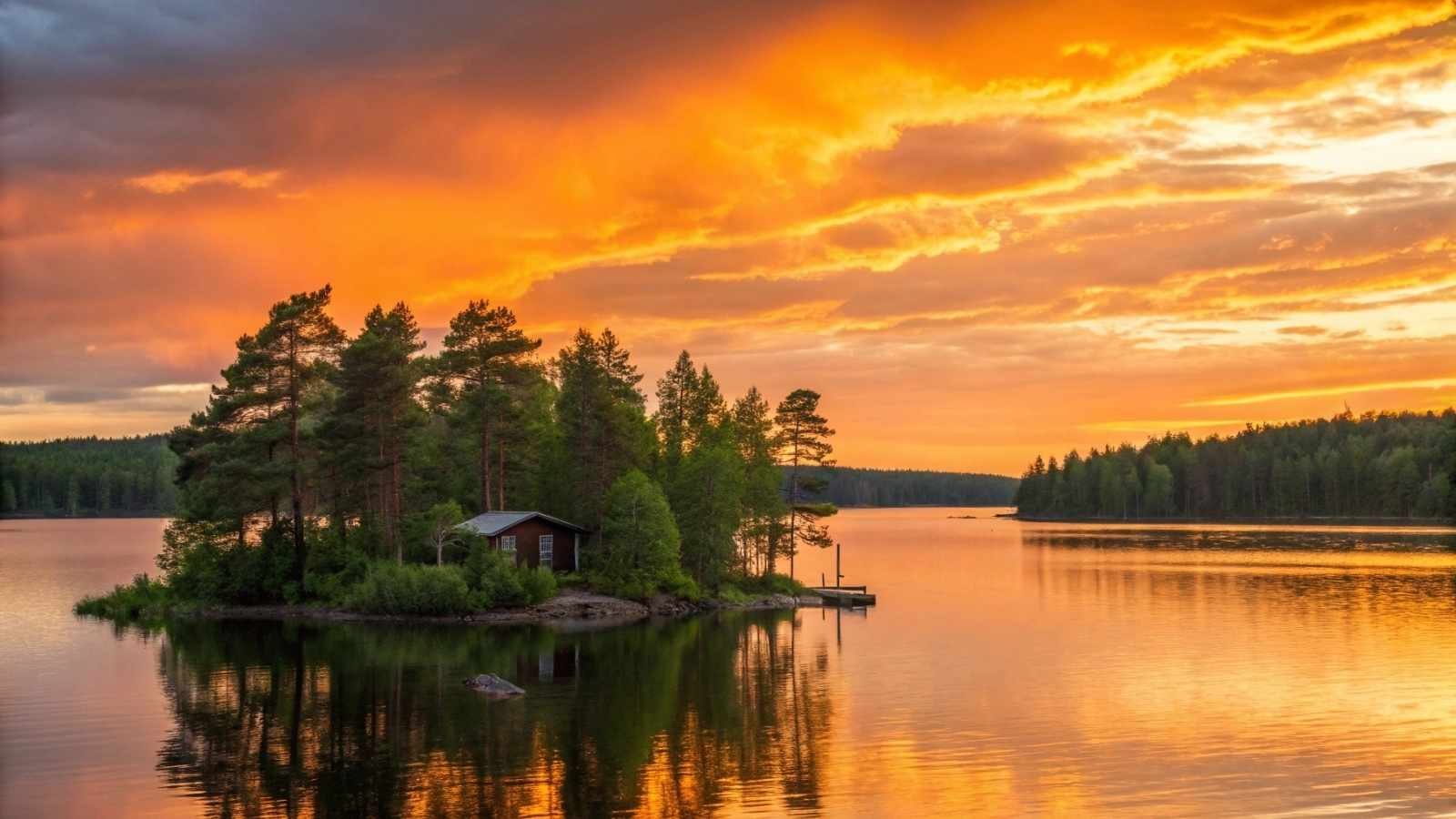
Far north in Finnish Lapland, Lake Inari feels like stepping into the Arctic wilderness at its most untouched. This vast lake is scattered with over 3,000 islands, many carrying Sámi legends and stories. In winter, the lake freezes solid, creating an endless white horizon where the northern lights swirl overhead with breathtaking intensity.
Unlike fjords that are hemmed in by cliffs, Lake Inari’s charm lies in its openness. The wide skies mean more aurora visibility, and the reflections on the ice or open water add another layer of magic. In summer, the midnight sun keeps the lake glowing, and boat trips reveal quiet coves where reindeer wander the shore.
Staying here is refreshingly simple — from lakeside cabins to local-run inns in the village of Inari itself. It’s not polished or expensive, but it feels authentic, rooted in Sámi culture and Arctic tradition. For those chasing northern lights and a sense of stillness, Lake Inari is hard to beat.
- Best Months to Visit: September–April for northern lights; June–July for midnight sun
- Closest Airport: Ivalo Airport (30 minutes away)
- Unique Highlight: Aurora over a frozen lake with 3,000 islands
- Budget Tip: Book cabins with shared saunas for a local, affordable experience






